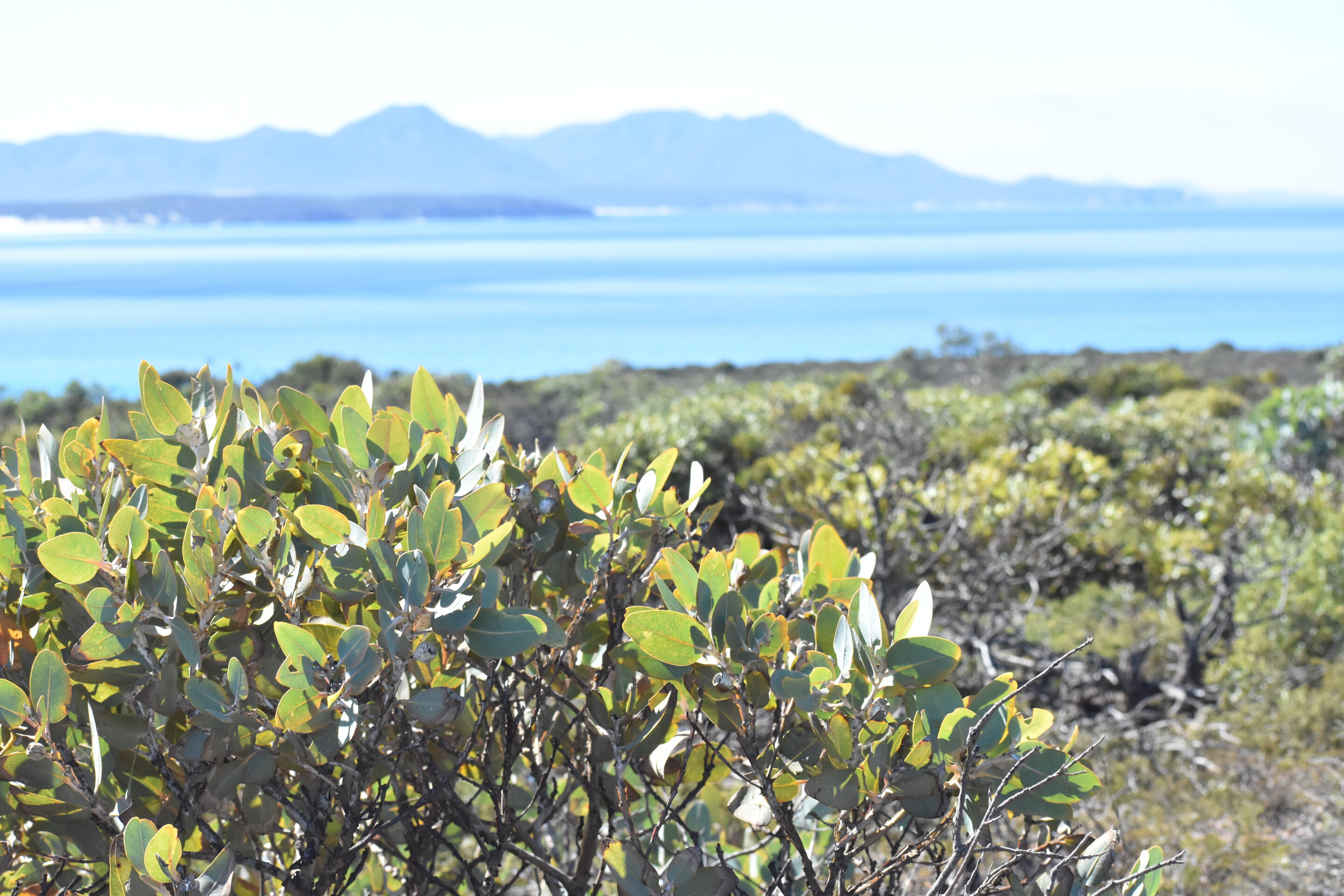Climatic stability over millions of years has allowed ancient and isolated freshwater fishes to flourish in areas such as the 356,000 square kilometers from Shark Bay to Esperance in southwest Western Australia.
But now accelerating climate changes threaten this biodiversity hotspot and its native fish species, according to new research in journal Heredity led by Matthew Flinders Professor Luciano Beheregaray and Ph.D. Sean Buckley.
Made up of temperate forests and grasslands, the corner of the continent hosts more than 8,000 species of plants, of which about half are endemic, and more than 500 recorded vertebrate species.
Unfortunately, the southwest section of WA is also a climate change hotspot as hotter, drier conditions take hold, a journal summary explains.
Since the 1970s, rainfall has decreased by 10–15% and is predicted to worsen in the coming decades. Over the last century, the region has also experienced a 1.1°C increase in temperature.
“This remarkable biodiversity is already suffering the consequences, including species declines and recent forest die-offs,” says Flinders University Molecular Ecology Lab researcher Dr. Buckley, now Lecturer in Molecular Ecology and Environmental Management at Edith Cowan University, WA.
“This is especially concerning if historically stable climates have been key to generating this biodiversity: climate change presents a novel threat to this incredible ecosystem, and endemic species might not have evolved the capacity to respond.
“Understanding the role of historical climate stability is required to better predict the potential impacts of climate change in the region.”
The research focused on two small freshwater fishes endemic to the region: the western (Nannoperca vittata) and little (Nannoperca pygmaea) pygmy perches.
The western pygmy perch is found across the region, while the little pygmy perch is only found in a handful of rivers (and is listed as Endangered in state, national and global conservation lists).
“Based on our prior research, we knew that these species had likely existed in the landscape for a very long time and would be ideal models to look at the interaction of climatic history and evolutionary patterns,” says Professor Beheregaray.
The Molecular Ecology Lab study generated genomic data from nine populations accessed through museum collections, assessing their evolutionary relationships, divergence histories, and gene flow over time.
He says, “We combined these methods with environmental approaches—specifically, species distribution modeling—to see how the climatic history of the region had shaped their evolution.
“Using a time calibration derived from previous studies, we found that these two cryptic species last shared an ancestor around nine million years ago, with no evidence for gene flow between them. This suggests that they have been persisting in isolation for a very long time.”
The environmental approaches supported this conclusion.
Using reconstructions of past climate in the region, the study found relatively little change in species ranges over time: save for a small expansion coastward during the lower sea levels of ice ages, pygmy perches have been found in the same areas since the Pliocene.
“These patterns reflect the climate itself, which has remained relatively stable over that same time period, particularly compared to other parts of Australia,” adds Dr. Buckley.
“However, modeling these distributions under future climate change produced a stark picture, with large declines in range across the species. In a business-as-usual scenario, this included the complete loss of suitable climate for one of the cryptic species within the next few decades.”
Conservation management actions which improve adaptive capacity, like genetic rescue, might be necessary to preserve the unique diversity of this part of WA.
Other ambitious strategies, like captive-breeding and reintroductions programs have been successful for other threatened pygmy perches, and may be necessary in the future, researchers say.
More information:
Sean James Buckley et al, Long-term climatic stability drives accumulation and maintenance of divergent freshwater fish lineages in a temperate biodiversity hotspot, Heredity (2024). DOI: 10.1038/s41437-024-00700-6
Citation:
Deep dive into past climates paints grim outlook for fish species (2024, July 1)
retrieved 1 July 2024
from https://phys.org/news/2024-07-deep-climates-grim-outlook-fish.html
This document is subject to copyright. Apart from any fair dealing for the purpose of private study or research, no
part may be reproduced without the written permission. The content is provided for information purposes only.

